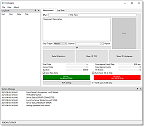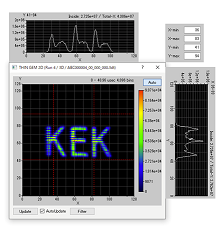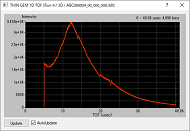About GEM detector
1)What is GEM?
GEM(Gas Electron Multiplier)is a type of high-performance gas radiation detector using microfabrication technology:MPGD(Micro Pattern Gas Detector).Electrons are amplified several thousand to tens of thousands of times using gas amplification and countless holes of tens of micrometers formed on a double-sided flexible substrate. The base material of flexible substrates is polyimide film or liquid crystal polymer with a thickness of about 50-100μm. By coating the front and back sides of this base material with copper several micrometers thick, and creating a potential difference of several hundred volts between the copper films that sandwich the base material, a strong electric field is created in the countless pores. This electric field causes electron avalanche amplification, allowing the electrons to be captured as a signal.
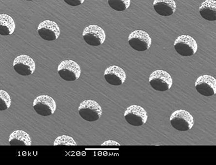
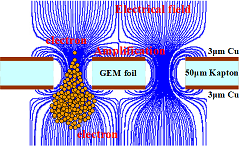
GEM surface Image of electric field by GEM
Source: KEK Shoji Uno, Radiation Detector, 27.6.2016, page 5.
About P-THIN-GEM
Compared to the previous product, the event format has been optimized and improved to support high event rates. We also reconsidered the gas flow, improved the gas supply route to the detection unit, and achieved efficient gas replacement. The detecer size is also smaller than the old product.
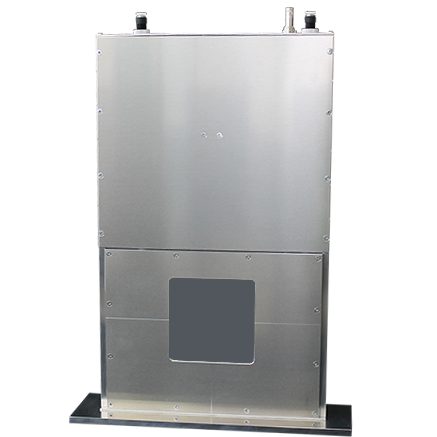
Readout electronics
We would like to introduce a 256ch readout board with memoryMPGD-256ch-4M-Board) developed by our company.
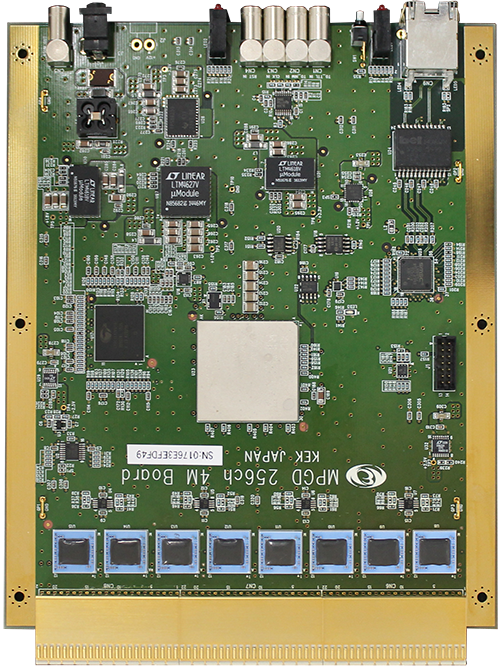
Equipped with MPGD-ASD
MPGD-ASD is an ASIC for MPGD detectors equipped with an Amplifier,a waveform Shaping circuit,and a wave height Discriminator,and was developed under the supervision of Professor Uno of KEK. Equipped with a 32ch circuit in a package approximately 10mmx10mm, it is possible to configure a compact circuit with multiple channels. We succeeded in increasing the number of channels to 256ch despite being a small board with 8 of these MPGD-ASDs equipped.
4MB memory implementation
This board is equipped with 4MB of memory. Since one event is output in 5 bytes using the FPGA described later, approximately 800,000 events can be stored. As a result, data can be stored in memory when neutrons occur frequently, and data can be transferred when neutrons occur less frequently, being able to eliminate distortions in the TOF distribution and also has improved the average data rate.
Kintex7 & SiTCP
Xilinx’s Kintex7 is used for the FPGA at the heart of the circuit. SiTCP is implemented as for high-speed signal processing circuit, MPGD-ASD control circuit, and high-speed data transfer circuit.
Attached software
The software included with P-Thin-GEM allows you to easily and efficiently manipulate the detector’s performance. Equipped with an intuitive GUI, it is possible to set up, collect data, and display 2D histograms, 1D TOF histograms, etc. on a user-friendly readable screen. The acquired data can be saved as, raw event data, 3D data that summarizes neutron intensity in a 3D array, measurement condition files, 2D histogram images, and 1D TOF histogram images, which are useful for post-experiment data processing.
